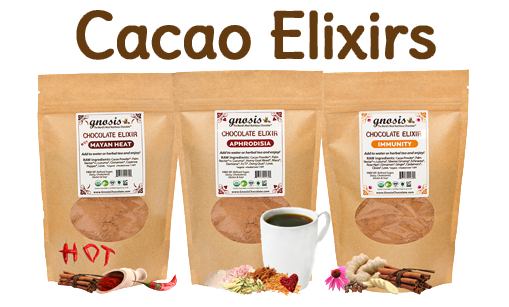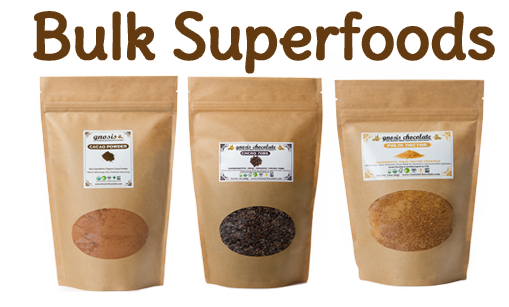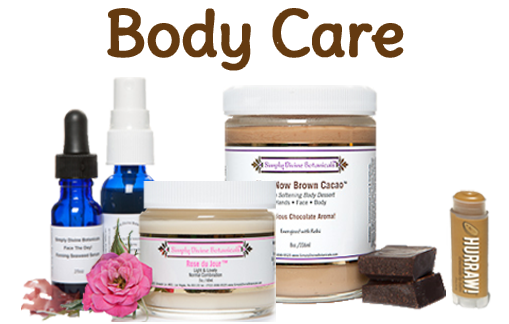I have a weird and wonderful father and since the earliest I can remember, he quoted Latin at me. One of his favorites was
, which translates to, "In matters of taste there can be no dispute." I have been giving chocolate tastings for more than a decade now and the one constant through all this time is that there is always someone who says that Hershey's is their all-time favorite chocolate.
Each of us is possessed with our own individual sense of taste and smell, and our innate senses are honed by our environment - where we grew up and what we ate as children. As adults, our preferences - especially for chocolate - are often firmly rooted in childhood memories and associations. One thing is true: A great chocolate [def: any chocolate YOU don't want to live without] engages all of the senses.
There is a huge difference between
eating chocolate and
tasting chocolate. Tasting chocolate is a deliberate process in which all of the sensory impressions are cataloged and evaluated. The
process of tasting identifies aromas, flavors, and textures - the
goal of tasting is to understand if you like a particular chocolate -
and what it is about the chocolate that you do (or don't) like. In the end, the only assessment that matters is your own because you're the one who is going to eat the chocolate, and as I pointed out earlier, who wants to eat chocolate they think tastes yucky?
The most important things to bring to a chocolate tasting are an open mind, a clean palate, and a sense of humor. It's okay to take the chocolate seriously, not yourself so much. It's important not to pre-judge a chocolate - during my long history of tasting I have often been surprised by chocolates I thought I was going to dislike. A clean palate takes a little planning - if you've eaten anything with very strong flavors (e.g., hot chili peppers or lots of garlic) then if those flavors are in your mouth it will make it difficult to identify subtle flavor nuances. And don't worry if you don't taste what other people taste: your mouth may not be equipped with the taste buds to detect flavors the way some people can and you may not have the experience in articulating what you taste. That's okay - what matters most to you is what
you taste.
After looking at the chocolate - does it look well made? inviting? appetizing? - you'll want to smell it. At first, concentrate on general impressions - does it smell like chocolate? like vanilla? like sugar? something else? - rather than trying for specific aromas unless they are obvious. When it comes to the act of eating chocolate, it's best to chew a bite until it starts to melt (that will give you one physical sensation) and then let the chocolate melt on the top of your tongue. Again, concentrate on general taste impressions - does it taste like chocolate? does it taste sweet, sour, bitter? do the flavors start out strongly and then subside or are they subtle to begin with and grow as the chocolate melts? - rather than specifics, unless you have a lot of experience identifying flavors in wine or other foods.
One of the best ways to get started is to compare two chocolates against each other. It's easier to say, "this one is sweeter than that one," and "this one is fruity while that one tastes like flowers." As you gain experience and confidence, you can start to distinguish between kinds of fruit - red fruit, tropical fruit, dried fruit - before you try to distinguish between raspberries and cherries and figs and then dried figs.
Textural sensations are very important to appreciation, so pay attention to the way the chocolate melts initially and how the chocolate leaves your mouth. Some chocolates are very difficult to clear out and leave a pasty texture that I don't particularly like; I also tend to prefer buttery textures rather than harder, crunchier textures.
Many chocolate bars are not just plain chocolate, they have ingredients (nuts, dried fruits, powders, essential oils) that can change the texture of the chocolate and the way it tastes. These ingredients are neither good nor bad in and of themselves, it depends on the skill of the chocolate bar maker to arrive at a harmonious balance of flavors and textures. These ingredients can enhance the health and wellness benefits of a chocolate as well as the flavor of the chocolate itself - but it's very hard to cover up the flavor of a truly bad chocolate.
There is one aspect of texture that is chemical in nature, astringency, which is a drying of parts of the mouth due to tannins. Some origins are known for their astringency where others have none at all. As with most things, moderate amounts of tannins can be a good thing - overly tannic chocolates can be very unpleasant on their own but make wonderful ingredients in desserts.
If you don't have a perfect memory, then writing things down can be very helpful, in part because the process of writing reinforces memory. Of course, it doesn't hurt to have notes to refer to should you ever need them.
One of the overarching goals of becoming proficient at tasting is to gain confidence in your sense of taste and be able to say, this is what I like - and why. You can apply this new-found confidence when you taste a new chocolate you've never had before. Very quickly you can figure out what it is about the chocolate you like and what you don't - and decide whether or not to eat another piece.
By Clay Gordon, author of
Discover Chocolate Friday, March 18, 2011 at 2:07PM
Friday, March 18, 2011 at 2:07PM  which he peels like a floret before he offers it up. He transports that same generosity and artistry into his work. Danny talks about being in the customer’s shoes. How would he want a package to show up? He would want it to be accurate and well-presented. I see his handy work every day and it’s amazing. He goes the extra mile to make sure the orders are correct and packed securely. Even the packing tape he puts on the outside of the box is attractive; it’s symmetrical!
which he peels like a floret before he offers it up. He transports that same generosity and artistry into his work. Danny talks about being in the customer’s shoes. How would he want a package to show up? He would want it to be accurate and well-presented. I see his handy work every day and it’s amazing. He goes the extra mile to make sure the orders are correct and packed securely. Even the packing tape he puts on the outside of the box is attractive; it’s symmetrical! fabulously delicious delights. Her truffles are mouthwatering. My favorites are the Cupuacu truffles-so creamy and flavorful. Lauren can, also, be quite the comedienne...but not until after 5 o’clock. Beforehand, she works in a near silent state of concentration, but after 5 she starts joking around and laughing. I get a kick out of it. Actually, I get a kick out of both of them. They are unique. They are my teammates at the Gnosis kitchen and I like working with them.
fabulously delicious delights. Her truffles are mouthwatering. My favorites are the Cupuacu truffles-so creamy and flavorful. Lauren can, also, be quite the comedienne...but not until after 5 o’clock. Beforehand, she works in a near silent state of concentration, but after 5 she starts joking around and laughing. I get a kick out of it. Actually, I get a kick out of both of them. They are unique. They are my teammates at the Gnosis kitchen and I like working with them.







